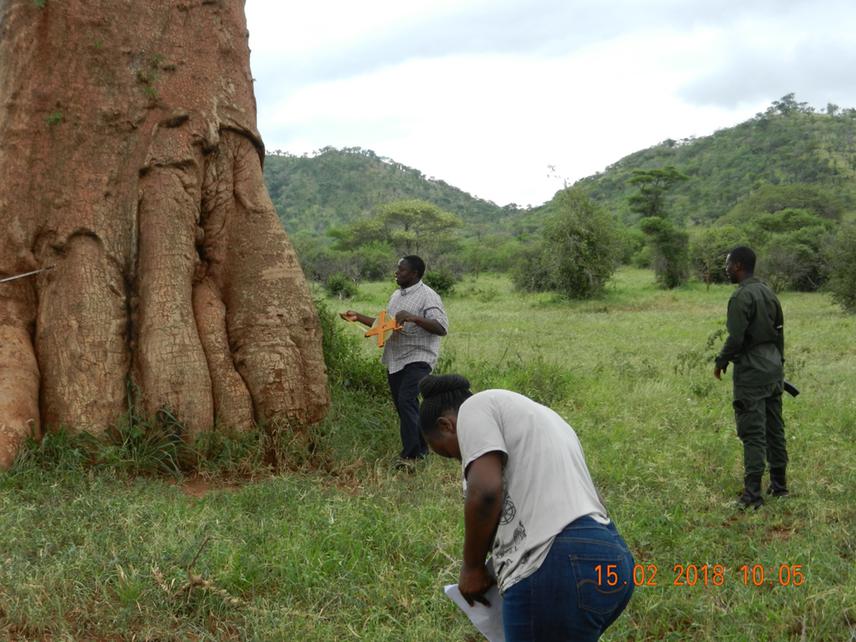Upendo Lufingo Msalilwa
Other projects
25 Jun 2019
Assessment of the Status of African Baobab (Adansonia digitata L.) Populations and their Ethno-Botanical Importance in Tanzania II
Baobab is a tree species of high economic value internationally due to the high demand for commercial baobab products including Europe and United States. Although it has attracted international interest, information on its status, distribution is not being strongly collected and included in the national inventories and database despite of its important contribution towards national development. In Tanzania, information on the baobab such as its role in the conservation of biodiversity as well as its ethno-botanical importance is not clearly known and thus this calls for rigorous studies about the numerous issues associated with the status and the values of baobab in the country. This project aims to gather information on the status, distribution and ethno-botanical importance of baobab among others to formulate effective policies that will contribute to effective and sustainable management both within and outside protected areas in the areas of its geographical localities in Tanzania.

Upendo, field assistant and the Park guard during field data collection in Mkomazi National Park
The African baobabs are a keystone species with ecological significance as they provide important ecosystem services. The baobab is extremely important to humans and animals in the dry areas of Africa because it offers shelter, a source of nutrition, clothing as well as raw material for many useful items. Baobab tree has multi-purpose uses and every part of the plant is reported to be useful. The leaves, for instance, are used in the preparation of soup and seeds are used as a thickening agent in soups, but they can be fermented and used as a flavouring agent, or roasted and eaten as snacks. The pulp is either sucked or made into a drink while the bark is used in making ropes. The use practices across ethnic groups and the age of the baobab from which these parts are collected in Tanzania are not clearly understood.
Despite its importance, little scientific information exists about population characteristics and their ethno-botanical importance of this species, particularly for East Africa. In Tanzania, information on the baobab such as its role in the conservation of biodiversity as well as its ethno-botanical importance is not clearly known and thus this calls for rigorous studies about the numerous issues associated with the status and the values of African baobab in the country. Therefore, this project aims to gather information on the status, distribution and ethno-botanical importance of the African baobab among others to formulate effective policies that will contribute to effective and sustainable management both within and outside protected areas in the areas of its geographical localities in Tanzania. Furthermore, the baobab tree is threatened by climate change and better conservation strategies are urgently needed. Understanding how biodiversity is changing over time and space, why it is changing, and what the consequences of the changes are for ecosystems, their services, and human well-being is crucial. Furthermore, understanding of the population characteristics and ethno-botanical uses is a crucial step towards setting-up of plausible strategies and plans that will improve and lead to sustainable management and utilization of this species in Tanzania. This project will focus on the investigation of the status, distribution of African baobab populations and their ethno-botanical importance in the different land use systems existing in Tanzania and detect an efficient method to remove/reduce the Cyclopropenoid Fatty Acids (CFPA) concentrations in baobab oil.